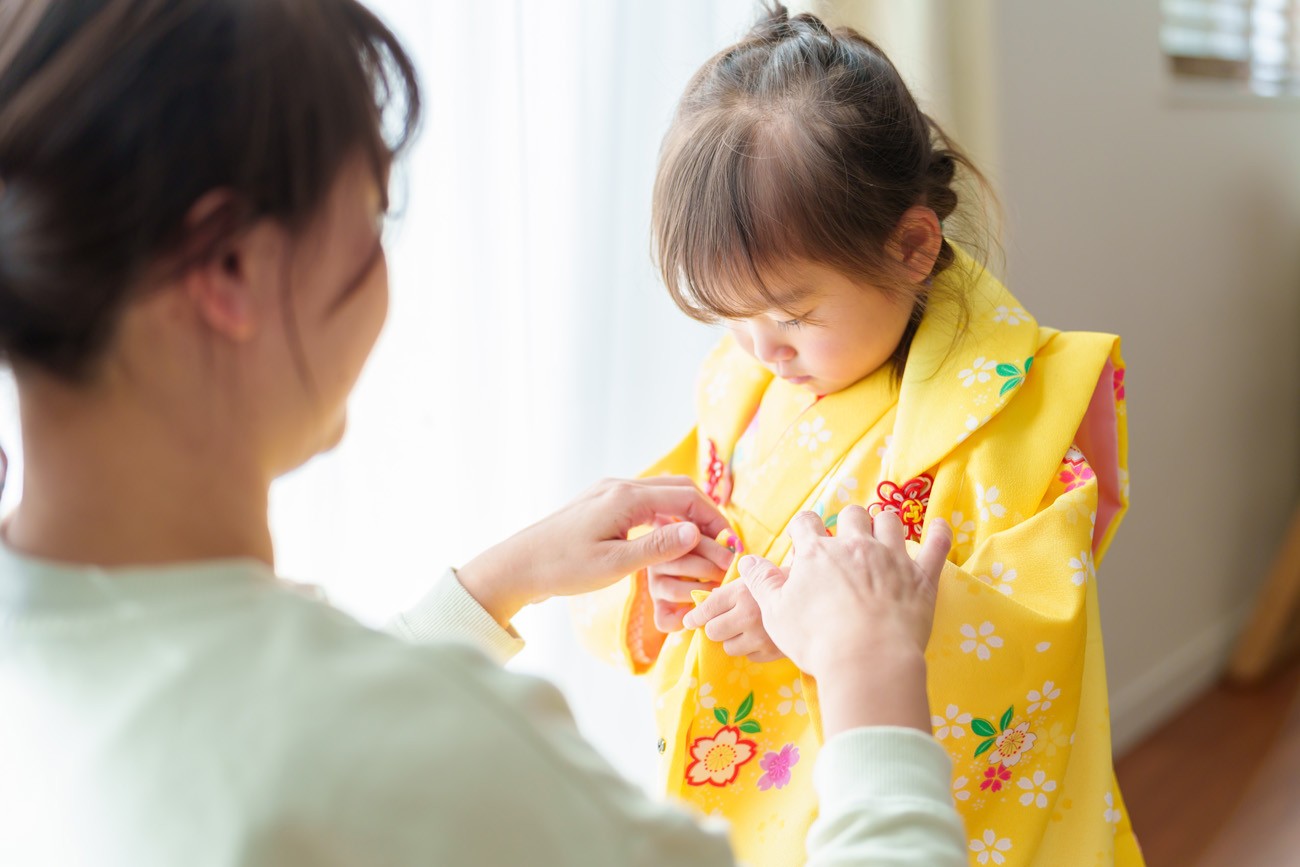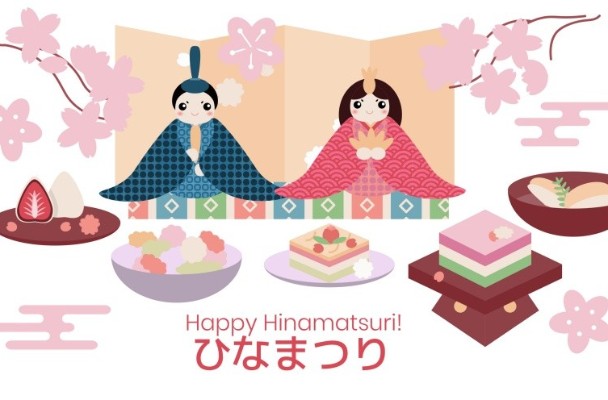
In November, many children dressed in traditional kimonos or suits can be seen at shrines throughout Japan. This is because of Shichi-Go-San (七五三), a traditional event held in November to celebrate children's growth and well-being.
In this article, we will introduce the origins of Shichi-Go-San, the ages at which boys and girls are celebrated, and the significance of the special "Chitose Ame" (longevity candy) eaten during the celebration.
What is Shichi-Go-San? Which Ages are Celebrated for Boys and Girls?

Shichi-Go-San is a traditional Japanese celebration that honors the growth and health of children. The numbers in the name—Shichi (7), Go (5), and San (3)—represent the ages of the children being celebrated. Typically, boys are celebrated at the ages of 3 and 5, while girls are celebrated at the ages of 3 and 7. However, there can be regional variations.
At these ages, children dress up in beautiful kimonos or formal suits and visit a shrine with their parents and grandparents to express gratitude for their growth and to pray for continued health. Some families also pay for a formal blessing from a Shinto priest, which typically costs around ¥5,000 to ¥10,000.
Additionally, it is common for families to commemorate the occasion with a professional photoshoot or a special meal together.
When is Shichi-Go-San Celebrated? Is it a Public Holiday?
Shichi-Go-San is celebrated annually on November 15th, but it is not recognized as an official public holiday. This means schools and businesses remain open.
Although November 15th is considered the official day, families are not required to celebrate strictly on this date. Most choose to visit the shrine on weekends in November. If you visit a Japanese shrine in November, you’ll likely see many children dressed up for the occasion.
In addition to Shichi-Go-San, Japan also celebrates "Children's Day" on May 5th, which is a national holiday dedicated to celebrating children’s growth and happiness.
Why are Ages 7, 5, and 3 Celebrated in Shichi-Go-San?

In the past, before the development of modern medicine, child mortality rates were much higher. There was even a saying, “Children are gods' until age seven”, implying that children were so vulnerable that it was uncertain if they would live past this age. Reaching the age of seven was considered a major milestone, a sign that the child had successfully overcome many early-life challenges.
But why are children specifically celebrated at the ages of 7, 5, and 3? The reason lies in the traditional coming-of-age ceremonies that originated in aristocratic and samurai families from the Heian period (794–1185).
Age 3: “Kamioki no Gi” (Hair Growing Ceremony)
The celebration of three-year-olds is said to be rooted in the "Kamioki no Gi" ritual, which began during the Heian period. Until the age of three, both boys and girls had their heads shaved, and it was only after this age that they were allowed to start growing their hair. This act of growing one’s hair symbolized a step towards maturity.
In the Kamioki no Gi ceremony, white cotton, representing long life (until the child’s hair turns white), was placed on the child's head as a symbol of longevity.
There are various reasons given for why children had their heads shaved in those times. Some say it was to keep the head clean and prevent illness, while others believe that shaving the head until the age of three helped ensure stronger hair growth afterward.
Age 5: “Hakamagi no Gi” (Ceremony of Wearing a Hakama)

For boys, the age of five marked another important tradition, known as “Hakamagi no Gi”, where they wore a "hakama (a formal garment) " for the first time. This ceremony was practiced among aristocratic families during the Heian period and signified a boy's first step into adulthood.
Even today, this ceremony continues in Japan’s Imperial family. After donning the hakama, there was a follow-up ritual called "Fukasogi no Gi", where the boy would jump off a Go board to symbolize bravery and strength. Many shrines still set up large Go boards for this ritual during Shichi-Go-San.
Age 7: “Obitoki no Gi” (Ceremony of Wearing an Obi)
The age of seven is celebrated for girls with the “Obitoki no Gi” ceremony, where they wore an obi (a formal sash worn with a kimono) for the first time. This tradition is believed to have begun during the Kamakura period (1185–1333).
Until this point, girls used simple cords sewn onto their kimono instead of the more complicated obi. Being able to wear an obi, just like adults, was seen as an important milestone in a girl’s growth and transition to maturity.
What is Chitose Ame, the Candy Eaten During Shichi-Go-San?

One of the most special treats associated with Shichi-Go-San is Chitose Ame (千歳飴), which translates to “thousand-year candy.” The name itself carries a wish for the child’s health and longevity, symbolizing the hope that they will live a long, prosperous life.
Chitose Ame is characterized by its long, thin shape, which also symbolizes long life. The candy is typically sold as a set of two in Japan’s auspicious colors, red and white, which are often associated with celebrations and good fortune.
In addition, the candy is usually packaged in a bag decorated with traditional Japanese symbols of longevity and prosperity, such as cranes and turtles.
Traditional Celebratory Meals
While Chitose Ame is the main treat, there is no specific dish that must be eaten during Shichi-Go-San. However, many families mark the occasion with traditional celebratory foods like tai (sea bream), osekihan (red rice), and kombumaki (kelp rolls), which are typically served on festive occasions.
It’s also common for families to enjoy a special meal together. Some opt for high-end restaurants, while others choose more child-friendly places like conveyor-belt sushi or family restaurants, making the day a joyful celebration for everyone.
Making Cherished Shichi-Go-San Memories
Shichi-Go-San is not just a celebration of a child's growth but also an opportunity to strengthen family bonds. If you happen to visit a shrine during Shichi-Go-San and see children dressed in their finest, why not say “Omedetou” (congratulations) to share in the festive spirit?




Comments